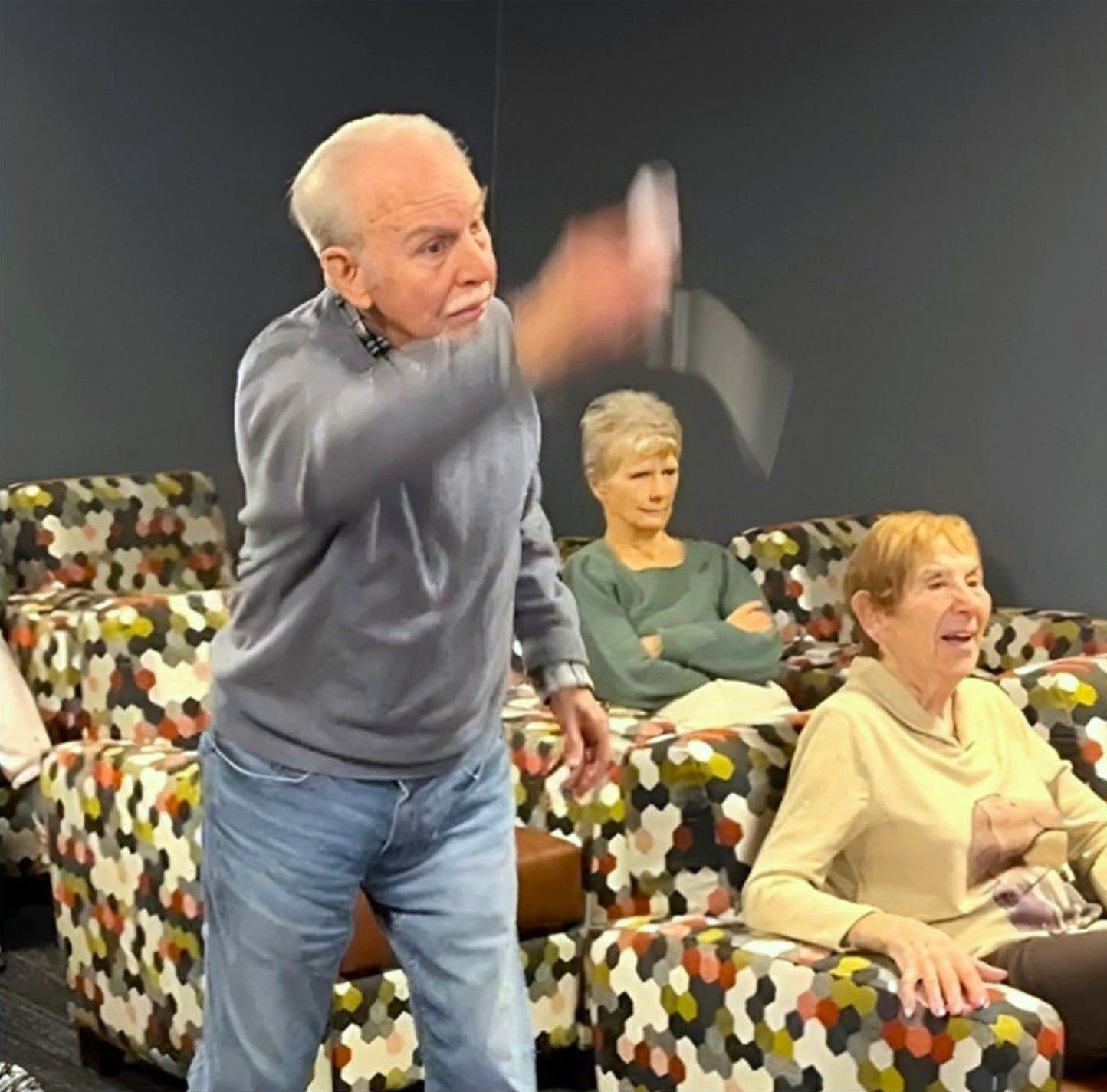Meditation Made Easy: A Quick Guide to Reducing Stress Through Mindfulness
By Chestnut Square Guest Contributor Dana Christy, AOBTA, LMT, CYT
When I ask folks if they have ever tried meditation, the most common response is “I’d love to meditate, but I’m terrible at it.” When I ask them to elaborate, they usually describe their failed attempts to “clear the mind,” to reach a state where the brain is perfectly still.
But, contrary to popular belief, the goal of meditation is NOT to achieve this internal stillness. In fact, this misconception perpetuates a false perception about how our brains function.
When I explain meditation to my students, I compare our brains to puppies—always bouncing around, looking for the latest toy or snack or new friend. I ask them if puppies are “bad dogs” because they don’t want to be still. They are quick to understand that this constant movement is in the puppy’s nature, and that even the wiggliest puppies are still good dogs. In this way, I introduce the idea that our brains are not “bad” because we can’t get them to stop moving—that constant motion is simply part of their nature.
When we meditate, we are not trying to change how our brains work. Instead, we are practicing building awareness and acknowledgement around our thought patterns. With this awareness, we can work to reprogram thought patterns that no longer serve us.
The first step in building awareness is to experience a more expansive mindfulness of the present moment. Try this quick and easy exercise. Find any position where your body can be comfortable for a few minutes. Close your eyes and take a few deep breaths. Feel the air move in and out of your nostrils. Feel your belly move as you breathe.
Now imagine that you are observing your thoughts, watching them go by as you might watch clouds drift along in the sky. Instead of judging these thoughts as good or bad, just get really curious about what your brain is doing. Are you having similar thoughts over and over? Are you thinking about the past or the future? Are you distracted by sensations in your body or activity in the room around you? All of these observations are valid, and will give you important information about how your brain likes to occupy itself.
This sense of curiosity is key because it helps us get familiar with any unconscious habits that might be causing us harm. For example, if you notice during your meditation that your brain is fixating on a past experience that still causes you anxiety, it might be useful to acknowledge that, in this moment of sitting and breathing and watching your thoughts, there is nothing you can do to control or change the past.
Once you remind yourself that this anxiety is not serving you in this moment, you can let that thought pattern go, perhaps even telling your brain that it is welcome to return to this event once your meditation is over. Then you might take a moment to refocus on the feeling of your breath in your body. You can continue this practice of watching, acknowledging, and releasing for however long you choose to meditate.
That’s all meditation is. It is simple, accessible, and can be practiced anytime, anywhere. If your puppy brain happens to experience a moment of stillness, great! But if not, know that this practice is giving you all of meditation’s well-documented stress-relieving benefits, wherever your thoughts may go.
Dana Christy is the founder of WellSpring Healing Arts, where she practices shiatsu massage and therapeutic yoga. She has worked with people of all ages and abilities, and uses her wide range of healing modalities to guide her clients towards their vision of optimal wellness.
For more information on Chestnut Square’s vibrant senior living community, please visit www.ChestnutSquare.info













